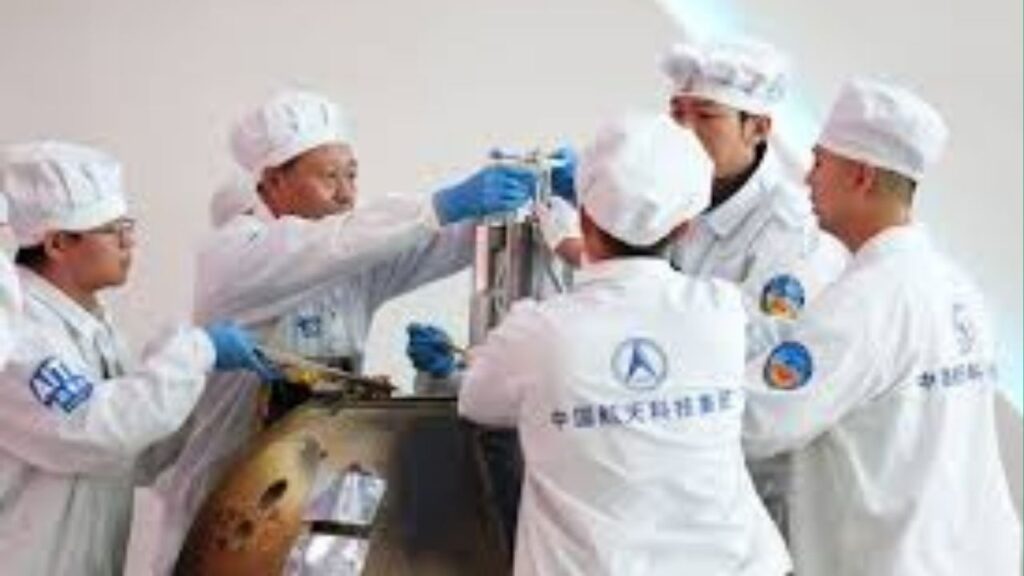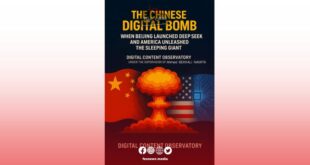A team of Chinese scientists has released their first research paper on the lunar samples collected by the Chang’e 6 mission, highlighting their “unique characteristics” compared to previous samples.
The study was conducted jointly by the National Astronomical Observatories of the Chinese Academy of Sciences, the Center for Lunar Exploration and Space Engineering, and the Beijing Institute of Spacecraft System Engineering.
The findings were published in the National Science Review magazine, coinciding with the traditional Mid-Autumn Festival.

The study found that the lunar soil samples brought back by Chang’e 6 have a lower density compared to those from the Chang’e 5 mission, indicating a more porous and loose structure.
Additionally, the samples from Chang’e 6 contained significantly higher levels of the mineral plagioclase compared to Chang’e 5, while the olivine content was notably lower.
The research also revealed that the rock fragments from Chang’e 6 primarily consist of basalt, breccia, and pieces of glass and white rock.
The geochemical analysis showed a notable variation in the concentration of trace elements such as thorium, uranium, and potassium compared to samples collected by Apollo missions and Chang’e 5.
The Chang’e 6 lunar mission, which launched from China on May 3, 2024, successfully returned to Earth on June 25, landing in northern China with 1,935.3 grams of samples collected from the far side of the moon.
source : fesnws media
 فاس نيوز ميديا جريدة الكترونية جهوية تعنى بشؤون و أخبار جهة فاس مكناس – متجددة على مدار الساعة
فاس نيوز ميديا جريدة الكترونية جهوية تعنى بشؤون و أخبار جهة فاس مكناس – متجددة على مدار الساعة
















